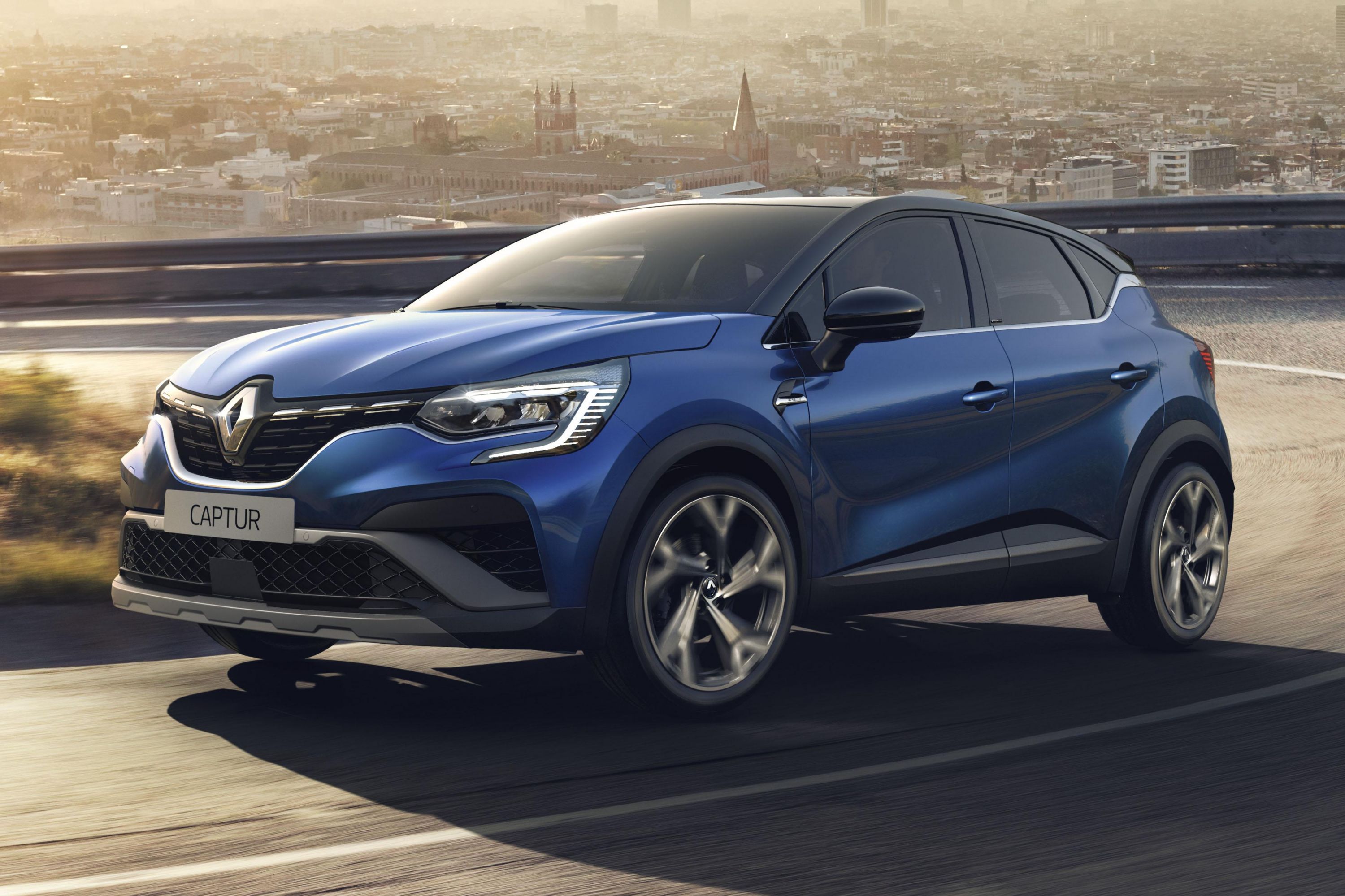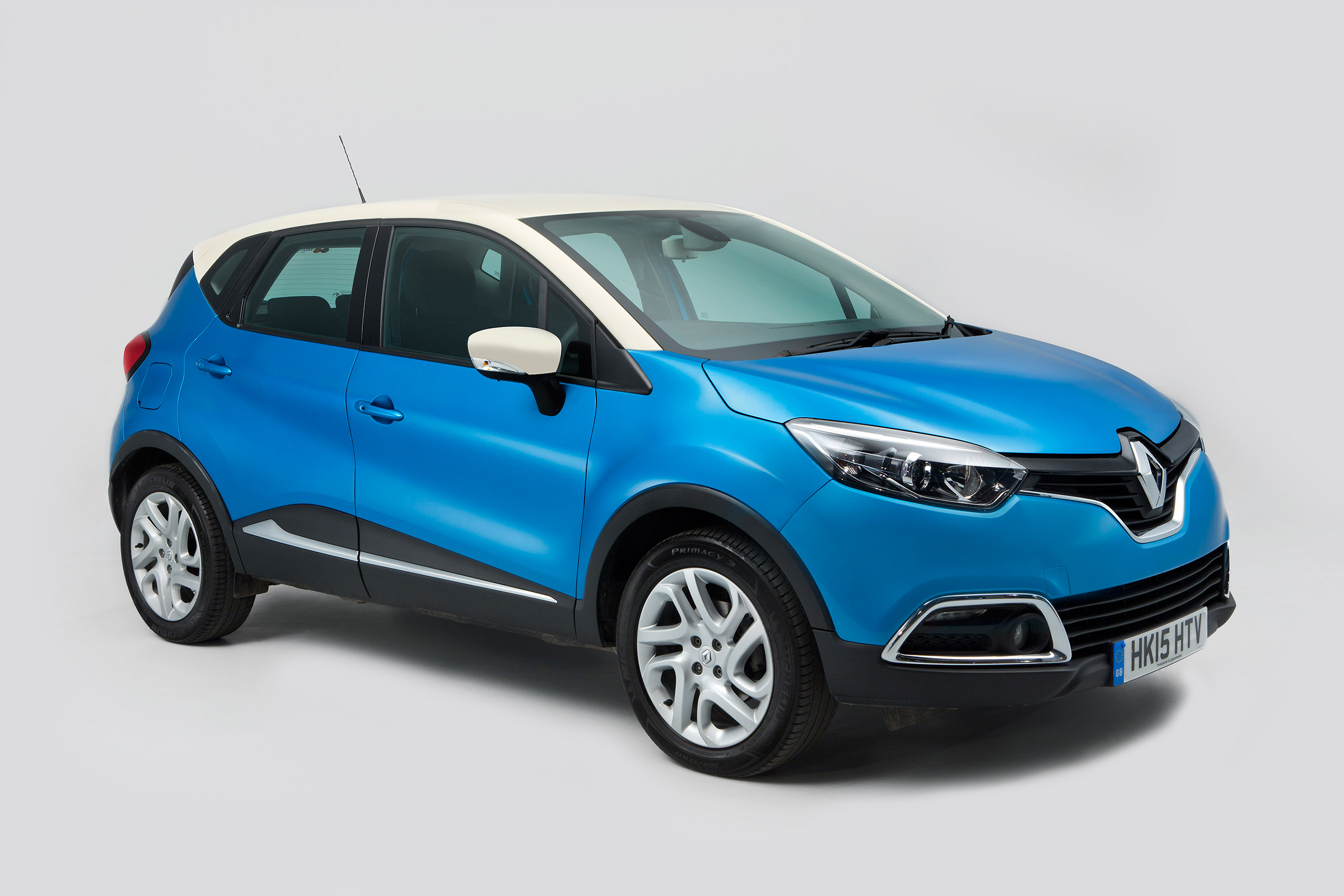


Our testers weren’t universally impressed by the amount of cabin space on offer, either. For something that will be used so often by the driver, that’s a peculiar oversight in a car in which such trouble has plainly been taken elsewhere to boost perceived quality. The shifter for the automatic transmission feels particularly flimsy and brittle, and will loudly recoil and rattle around in its housing if you try to put the car into gear with a quick flick of the wrist. The design itself, with its ‘floating’ roof, is an evolution of the original (which, for the record, was one of the first cars of its kind with a floating roof), although every body panel is new and the belt line higher.īeneath the body, the suspension is carried over from the Clio, with a torsion beam at the rear and pseudo-MacPherson struts (in which a lower wishbone is fitted and the anti-roll bar done away with) at the front. It is also taller and wider than the car it replaces and will be one of the largest cars in the class. The Captur has grown considerably in length – by 110mm, with the wheelbase accounting for 20mm of that. Our test car comes in 129bhp 130 TCe trim and with an optional seven-speed dual-clutch gearbox in place of the standard-fit six-speed manual.

However, when the 158bhp Captur E-Tech arrives (for which 150 patents were registered), with its two electric motors, dogclutch gearbox, 9.8kWh battery and 29 WLTP miles of electric range, it will become the first plug-in hybrid available in this class and will head the range for spec-sheet efficiency. The diesel options, both powered by a 1.5-litre four-cylinder engine, develop either 94bhp or 113bhp, and each touts the best fuel economy of the traditional options, at 58.9mpg combined. The entry point is a 1.0-litre TCe petrol triple with a respectable 99bhp and 118lb ft, although a four-cylinder petrol is available with either 129bhp or 153bhp and as much as 199lb ft. More weight has been saved by using an aluminium bonnet and a composite bootlid.Īt its launch, the Captur will be offered with three petrol turbo engines and two diesels, all of which are new. Engine insulation is also said to have improved noticeably, despite the platform weighing 50kg less than its predecessor. It can facilitate modern safety and assistance systems and can house a broad range of powertrains, including those with substantial battery packs. The original Captur shared its underpinnings with the contemporary Clio and that is still the case here, although this 85%-new CMF-B platform is substantially more advanced than its predecessor. Renault Captur 1.0 TCE 100 2020 UK first drive.Renault Captur E-Tech plug-in hybrid 2020 UK first drive.Renault Captur E-Tech 2020 UK first drive.
#Captur car driver
This platform also ushers in a suite of driver assistance systems reserved until very recently for larger, more expensive cars, and its increased stiffness in theory paves the way for improved road manners. The car is substantially longer than before, too, with an enlarged interior that hints at the same uplift in comfort and opulence seen in the latest Renault Clio, with which the new Captur shares so much hardware. The Mk2 Captur is built on the Renault- Nissan-Mitsubishi Alliance’s new supermini platform and has been engineered from the start to take hybrid and plug-in hybrid powertrains, although traditional options will persevere alongside those low-carbon options for the foreseeable future. Renault has not simply refreshed this car’s aesthetic, though. Unlike the original, whose only true rival was the Juke, this one will enter a pool teeming with strong alternatives, including the new Ford Puma, Volkswagen T-Cross and Peugeot 2008. Which is why we now have the second-generation Captur.

No, the reason this car can boast about that sort of sales statistic is because that sort of sales statistic is indicative of a rapidly and inexorably growing class, which the B-segment SUV – small crossovers, in other words – continues to be and in which the Captur’s mix of style and value made it particularly successful.


 0 kommentar(er)
0 kommentar(er)
